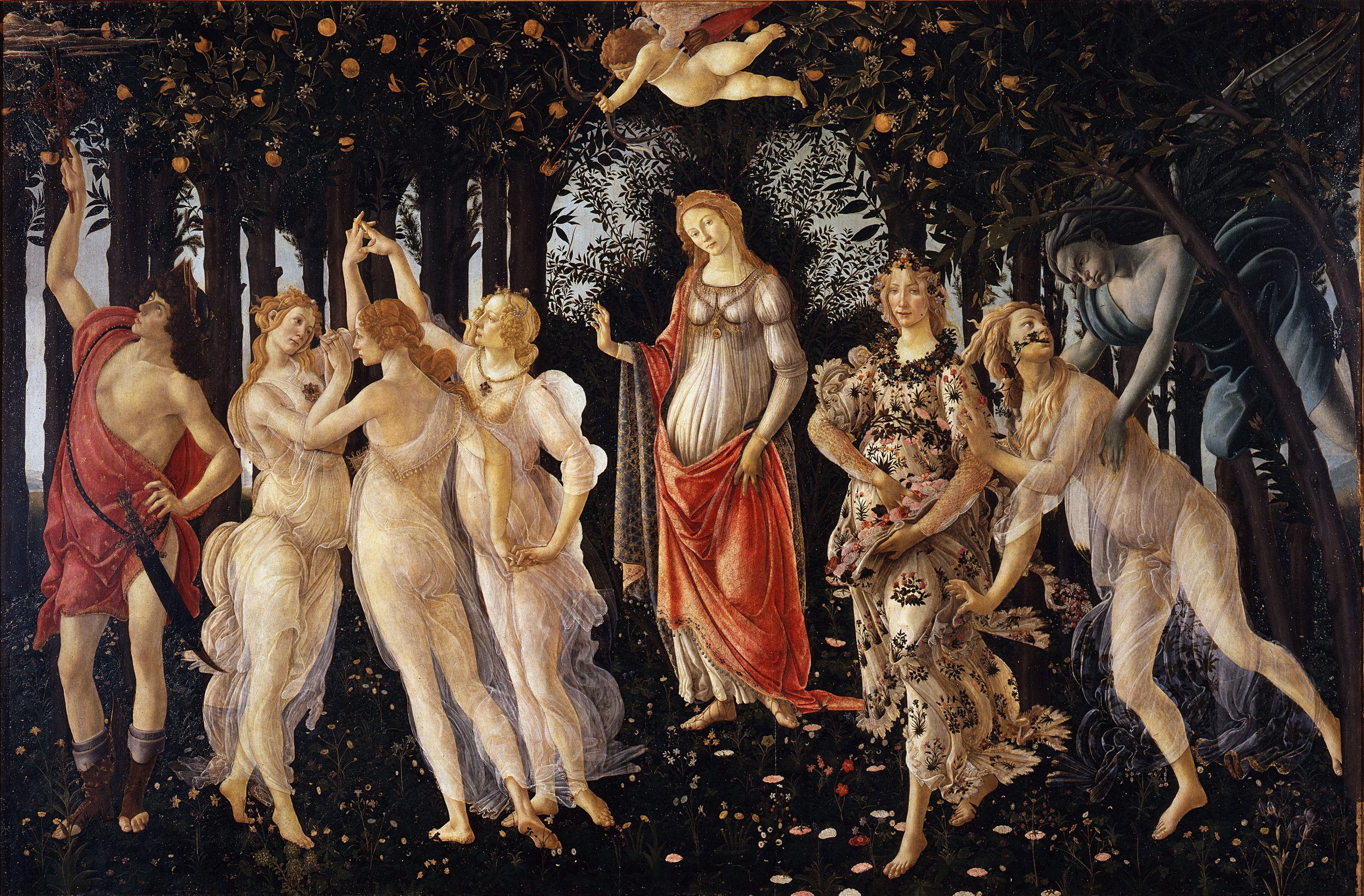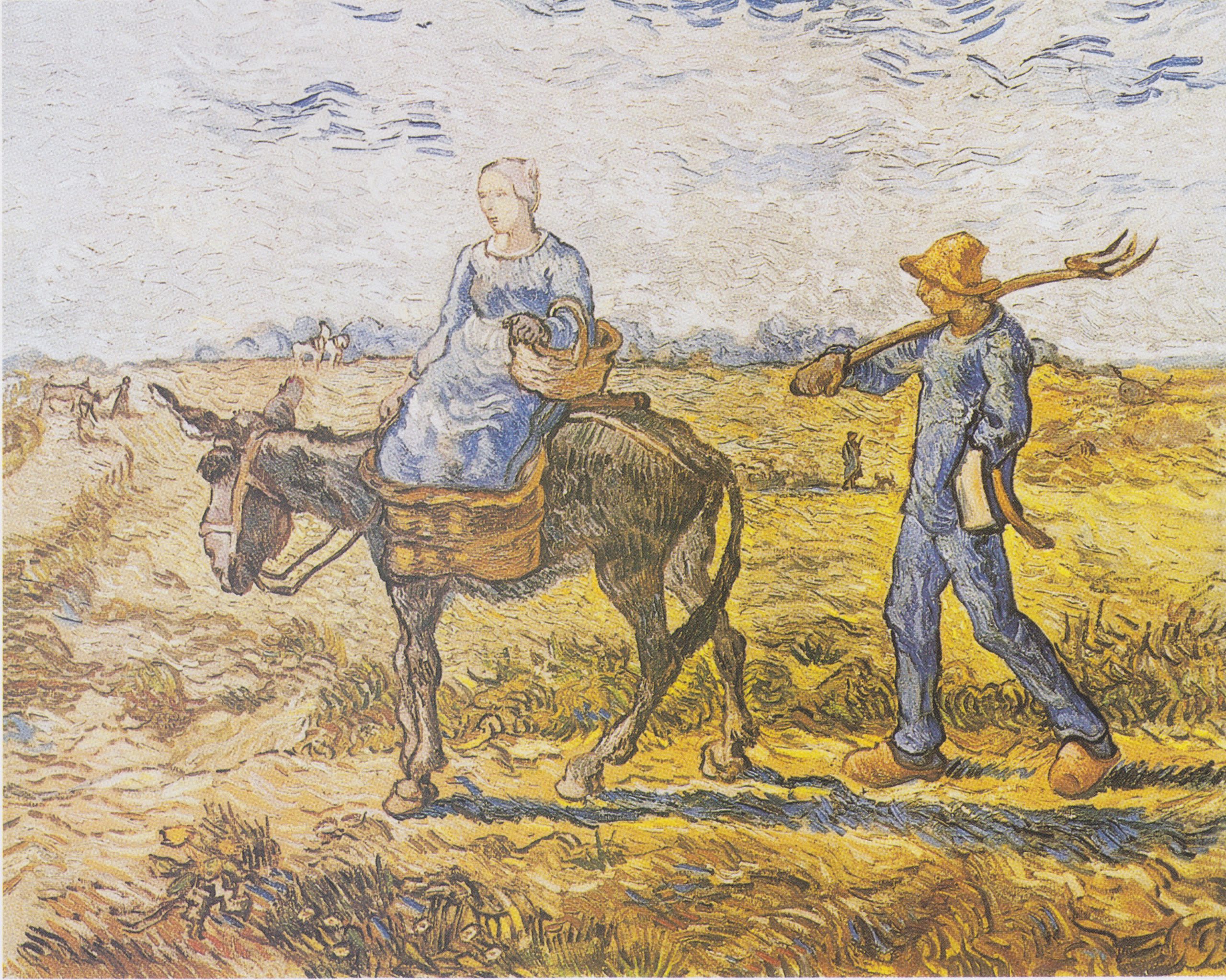Here is a sample script that uses the command-line tool steghide to scan all files on the hard disk, encode them to a single image called paint.jpg using steganography and decode them back to their original form:
#!/bin/bash
echo "Enter the directory to scan:"
read directory
echo "Encoding all files from $directory to paint.jpg"
# Use steghide to encode all files in the specified directory to paint.jpg
steghide embed -r $directory -ef $directory/* -cf paint.jpg
echo "Encoding complete. paint.jpg now contains all files from $directory"
echo "Decoding all files from paint.jpg to $directory"
# Use steghide to decode all files from paint.jpg and save them to the specified directory
steghide extract -sf paint.jpg -xf $directory
echo "Decoding complete. $directory now contains all files from paint.jpg"The script prompts the user to enter the directory to scan and then uses the steghide command to encode all files in that directory to a single image called paint.jpg. The -r flag is used to recursively search the directory and the -ef flag specify the files to be encoded and -cf flag specify the cover file(image) to hide the data. Then it uses the steghide extract command to decode all files from paint.jpg and save them to the specified directory. The -sf flag specify the file(image) from where the data to be extracted and -xf flag specify the file name to be saved after extracting the data.
Please note that steganography is a technique that is often used to conceal sensitive information and it is important to use it responsibly and with proper authorization. Additionally, it is important to have a backup of all the files before using this script and also the image ‘paint.jpg’ will be much larger than the original files because of the encoding.




